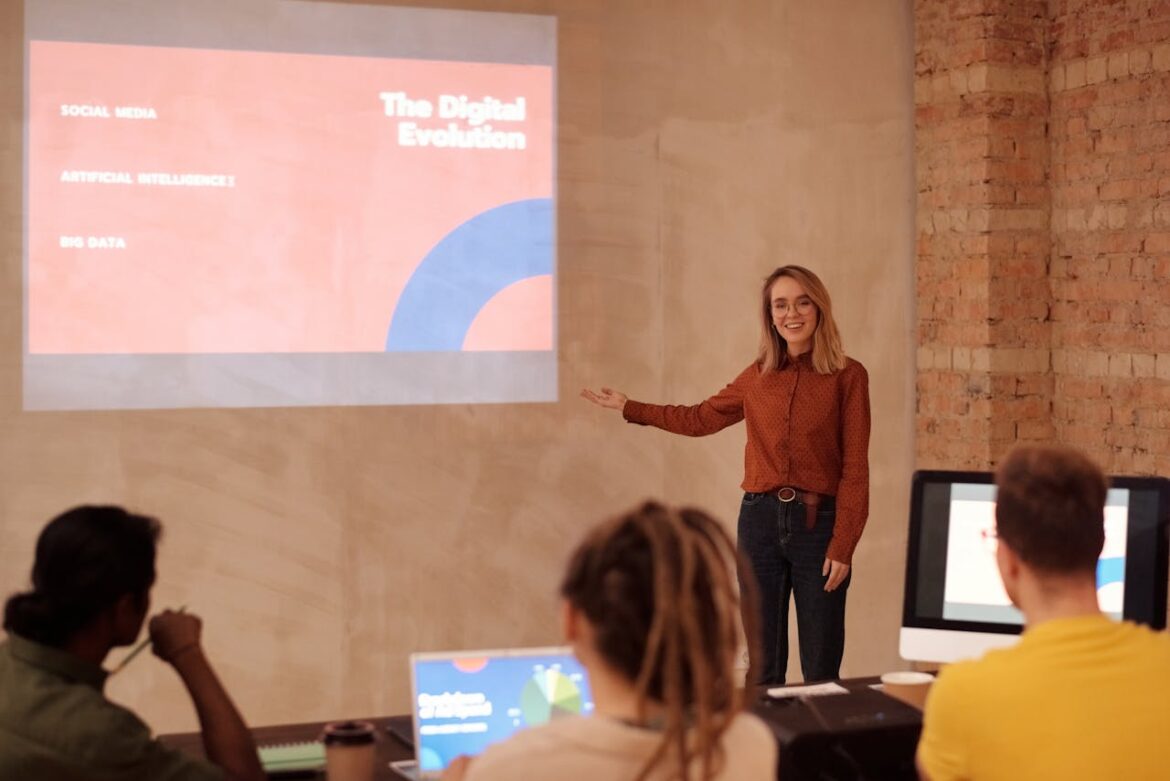The landscape of artificial intelligence has been shifting at a rapid pace, and one of the most striking developments in recent years has been the massive investment by big tech companies into open-source AI. What once began as a niche community of developers sharing code and ideas has now become the center of billion-dollar strategies. Watching this transformation unfold, I’ve often asked myself why some of the largest companies in the world, who are known for guarding their technology closely, are now pouring resources into something as openly accessible as open-source AI.
The Changing Dynamics Of Artificial Intelligence
Artificial intelligence has evolved from being an experimental technology to one that powers entire industries. Companies rely on it to improve logistics, personalize digital services, and even assist in medical research. For big tech firms, AI is not just a useful tool but the backbone of their long-term competitiveness. However, the sheer speed of AI innovation makes it difficult for even the most well-funded organizations to keep everything in-house. This is where open-source AI offers them a unique advantage. By participating in a broader ecosystem, they gain access to a constant stream of innovation that would be impossible to replicate in isolation.
The competition in AI is not only about who has the most powerful algorithms but also about who can adapt the fastest. When thousands of developers worldwide are experimenting, testing, and improving code, the pace of progress accelerates beyond what a single corporation can achieve. Big tech companies know this, and it’s one of the key reasons they are committing so much money to open-source projects.
Why Open-Source AI Attracts Big Investments
The concept of open source might appear contradictory to traditional corporate thinking. Why would a company spend billions on research and then give it away? The answer lies in the fact that open-source AI provides indirect but extremely valuable returns. By putting their resources into shared frameworks, companies create standards that other developers will adopt. This means they influence the direction of AI research while ensuring that their own platforms remain at the center of global innovation.
For example, a tech giant may release an AI model to the public, but developers worldwide build tools, plugins, and applications around it. This creates a multiplier effect, expanding the usefulness and adoption of the technology without the company shouldering the entire cost of development. In many cases, the company that sponsors the open-source project remains the primary provider of infrastructure, cloud services, or support systems required to run these models at scale.
The Role Of Community In Driving Innovation
One of the most powerful aspects of open-source AI is the community that forms around it. I’ve noticed that when a big tech company releases an open-source framework, it attracts developers, researchers, and startups who then use it as the foundation for their own projects. This community-driven development ensures that the technology evolves quickly and addresses real-world needs.
The community doesn’t just contribute code. They identify flaws, improve security, and push the boundaries of what the AI can do. Instead of trying to solve every problem alone, big tech companies let the community do the problem-solving for them. This creates a feedback loop where the technology becomes more robust, and the company behind it reaps the benefits in terms of credibility and wider adoption.
Strategic Positioning In A Competitive Market
Big tech companies are not just investing in open-source AI out of goodwill. There is a strategic calculation behind it. By funding open-source projects, they ensure that the AI ecosystem develops in ways that align with their interests. If their frameworks become the standard, then anyone building on top of them will likely need to use their cloud services, processors, or development tools. This type of ecosystem control is subtle but extremely effective.
Consider the role of cloud computing in this strategy. Many of the most popular open-source AI tools are optimized to run on specific cloud platforms. This means that while the software is free, companies still pay for the computational resources required to use it. The open-source element becomes a funnel that directs customers toward the company’s profitable services.
Driving Talent Acquisition And Retention
Another reason big tech companies are investing in open-source AI is to attract top talent. The best AI researchers and developers are often drawn to open-source projects because they offer visibility, recognition, and the chance to work on cutting-edge challenges. By sponsoring these projects, companies position themselves as leaders in innovation and provide platforms where talented individuals can contribute.
I’ve found it interesting that many researchers prefer contributing to open-source projects because it allows them to showcase their skills to a global audience. For big tech companies, this becomes an ongoing recruitment tool. Instead of searching for talent, they build ecosystems that naturally attract it. Moreover, developers working on these projects often already become familiar with the company’s tools and services, creating a smoother pipeline for integration into the workforce.
Accelerating AI Adoption Across Industries
The move toward open-source AI also accelerates adoption across industries. When AI frameworks and models are made available to the public, smaller companies, startups, and even academic researchers can use them without incurring high costs. This increases the number of applications and use cases, which in turn demonstrates the value of the technology.
Big tech companies benefit because widespread adoption leads to greater demand for the supporting infrastructure they provide. It’s not just about releasing software; it’s about creating a market where their platforms are indispensable. The more industries adopt AI, the more data is generated, and this data becomes fuel for the next wave of innovation.
Balancing Control And Openness
A fascinating aspect of this trend is how companies balance openness with control. They may open-source certain components of an AI system but keep others proprietary. For example, they might release the code for a model but keep the training data private. This allows them to build trust and gain adoption without completely giving away their competitive advantage.
This balance is delicate, and I’ve seen that it often sparks debates within the tech community. Some argue that partial openness undermines the spirit of open source, while others see it as a practical compromise. Either way, it demonstrates how big tech companies carefully design their strategies to maximize influence while minimizing risk.
Addressing Ethical And Regulatory Pressures
In addition to competitive advantages, open-source AI also helps companies address ethical and regulatory concerns. By making their tools and research publicly available, they create a sense of transparency. Policymakers and the public can scrutinize the technology, which helps to build trust.
At a time when AI is under intense scrutiny for bias, privacy risks, and potential misuse, transparency becomes a valuable asset. Open-source initiatives allow companies to demonstrate that they are not hiding their methods and are willing to engage with the broader community. This can ease regulatory pressure and position them as responsible leaders in the AI space.
The Long-Term Vision Of Open-Source AI
Looking ahead, it’s clear to me that big tech companies see open-source AI as more than a short-term tactic. It is part of a long-term vision where AI becomes as fundamental to society as the internet. In such a future, companies that establish themselves at the heart of open-source ecosystems will hold immense influence.
By investing billions now, they are essentially buying a seat at the table for decades to come. They are ensuring that the tools, frameworks, and platforms used globally are connected to their infrastructure. It’s a strategy that combines altruism, community building, and profit motives in a way that reinforces their dominance.
Conclusion
The decision by big tech to invest billions into open-source AI is not as paradoxical as it may first appear. It reflects a recognition that innovation today cannot be contained within the walls of a single company. By opening up their technologies, these companies tap into a global network of creativity and problem-solving while still maintaining strategic control over the direction of AI.
For me, this trend illustrates how the future of AI will be shaped not just by corporate giants but by communities, researchers, and developers worldwide. The investments we are seeing today are planting the seeds for a future where open-source AI will play a central role in shaping industries, societies, and the global economy. Big tech is not simply giving away technology; they are building ecosystems that ensure their influence endures well into the future.

